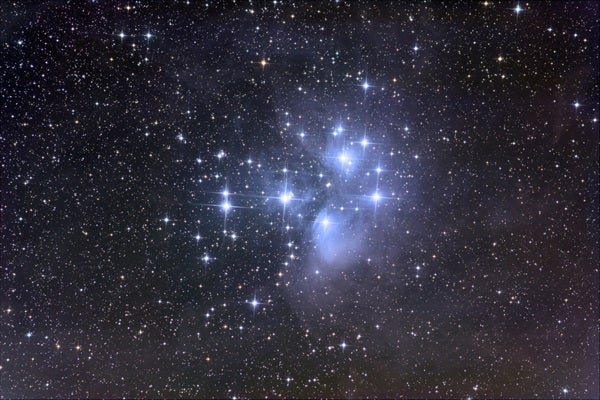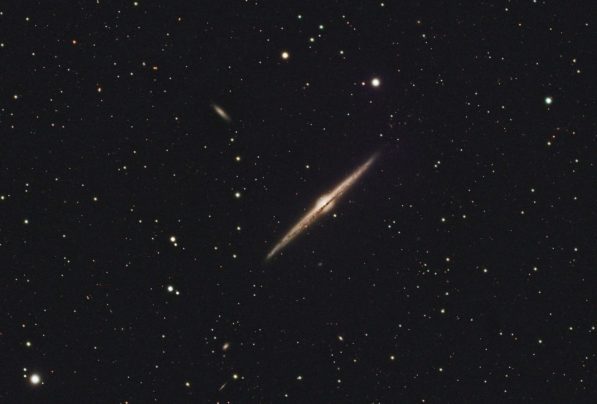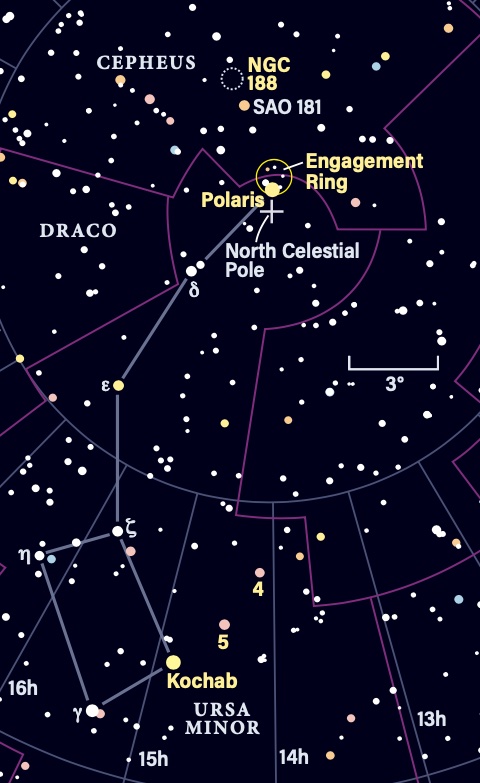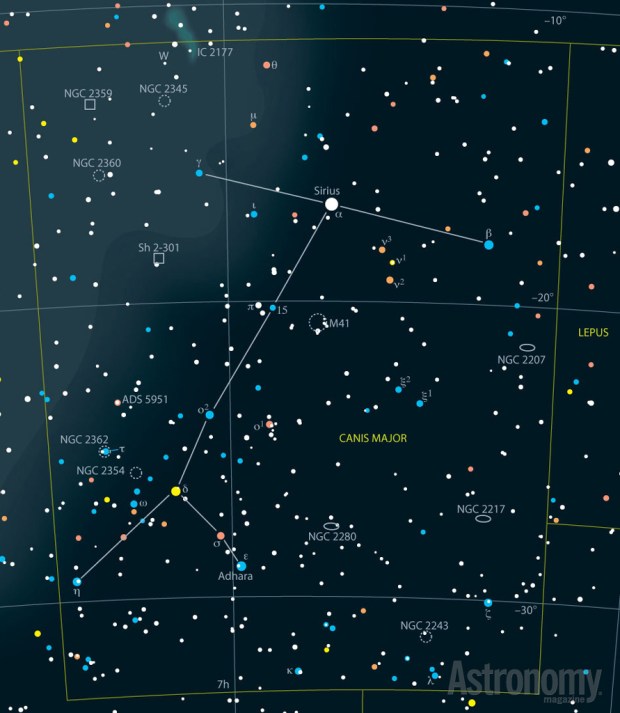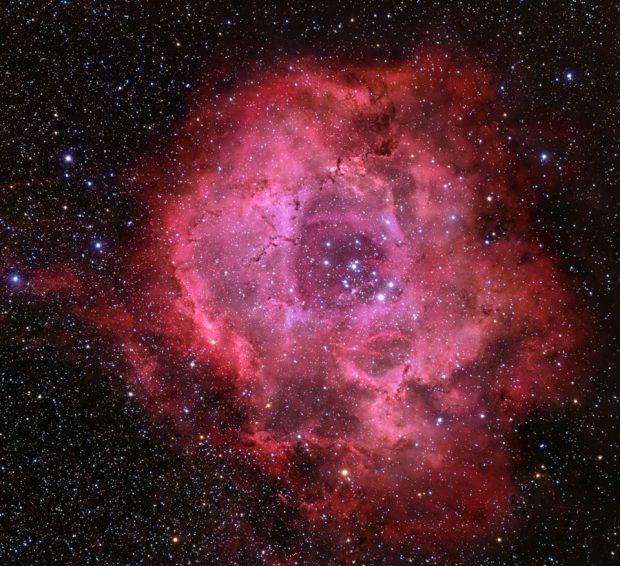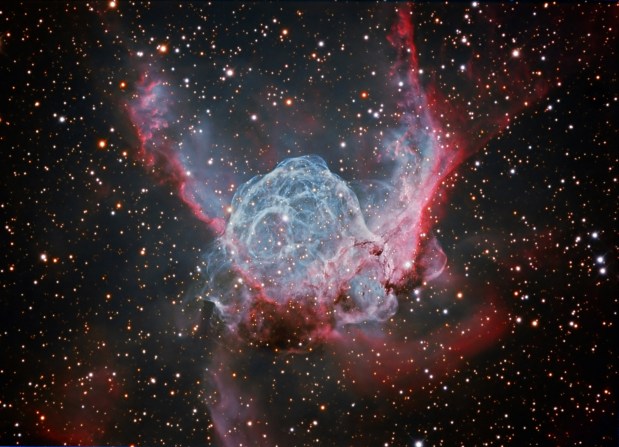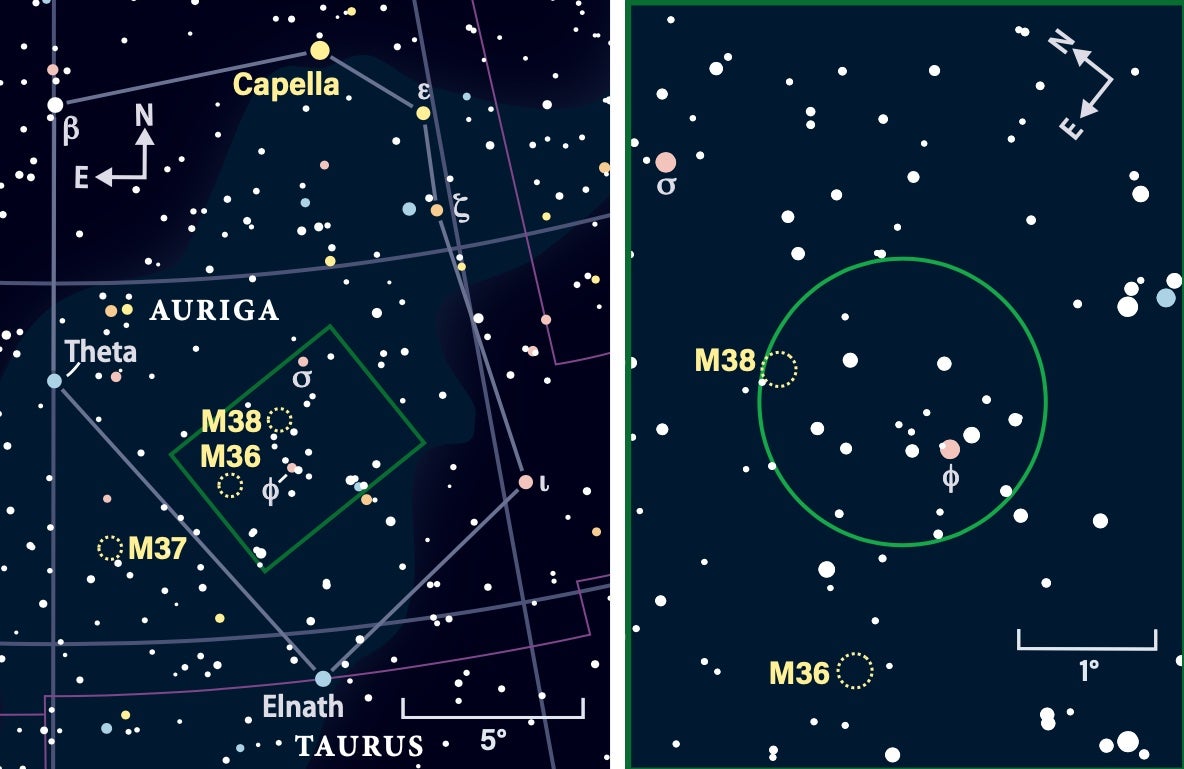The targets in our Messier 5K are conveniently placed in the early evening sky. Their locations are plotted on the all-sky map you’ll find in the middle of this issue. Most of them can be viewed in binoculars, especially from a dark-sky site.
The starting line for the Messier 5K course is the Pleiades (M45). Once you’ve spotted this open cluster, off you go! From M45, you’ll run through M35, M37, M36, and M38. These open clusters are aligned in a row that winds from Gemini’s foot through Auriga’s heart. Each appears as a hazy puffball in binoculars and a sprinkle of starlight through small scopes.
The best road races offer a scenic course, and our Messier 5K is no exception. When you arrive at the Orion Nebula (M42), take a breather to admire one of the heavens’ most splendid wonders. Once you’re ready to return to action, move southeastward to pick up the star clusters M41 and M47. Higher up and visible as a patch of light midway between the twin stars Pollux and Castor and the “sickle” of Leo is the Beehive Cluster (M44).
Next, standing at the finish line are the galaxies M81 and M82, both located a staggering 11 million light-years away! You can resolve both in the same eyepiece field of your scope if you use a low magnification.
The night of Saturday, March 24, is the best date to complete your Messier 5K, just after a New Moon. Start your training for a Messier Marathon then!

